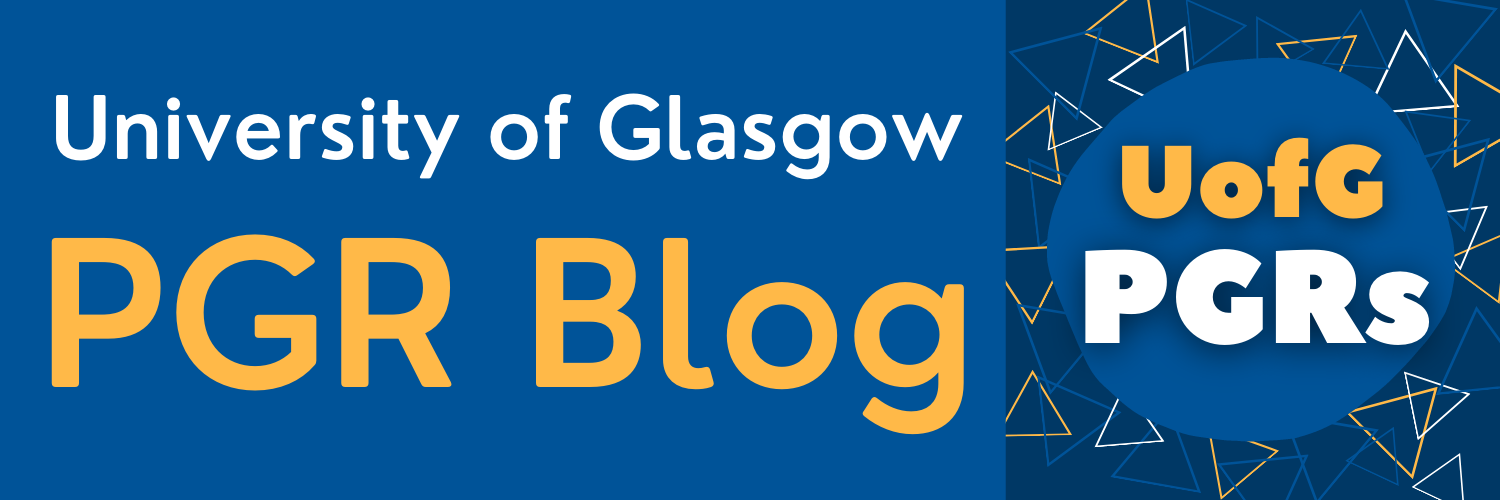Learning How to (Properly) Use Word for Research
When you start your research program, everything seems to move very quickly. From orientation to first deadlines, the first few months blur past and you instantly forget nearly everything everyone recommended to you. It’s difficult to keep track of all the advice when you’re so busy adjusting to a new way of life. Trust me, you’re not alone! In fact, I only really remembered one piece of advice out of the several hours I spent being introduced to my college, my school and my program. Luckily, it’s turned out to be the best advice I think I could have possibly been given (and I want to make sure my fellow PGRs remember it, too!): register for the ‘Word: Creating a Dissertation or Thesis’ IT course as soon as possible.
Photo by NESA by Makers on Unsplash
Despite the course’s apparent immense popularity (there were no spots left when I tried to register last term), I’d only heard about it from a few other PGRs: one of my fellow bloggers interviewed the instructor, Blair Thompson, last term and third-year research students in my school personally recommended the course. They claimed that everything they learned had completely changed the way they approached Word and the final writing-up of their research. My experience was also nothing short of life-changing – at least as far as my research life is concerned. I realized that I’ve been using Word wrong for about as long as I’ve been using it (and I even took a Microsoft Office course during undergrad!).
I highly recommend every research student consider taking this course, especially if you already think you know everything there is to know – you’ll probably still learn something new! I won’t give everything about the class away, but you’ll learn how to navigate the often difficult technical aspects of Word, such as combining all your separate documents into one without messing up your headers, that we all usually wait to fix until right before our papers are due. Possible alleviation of future last-minute stress is definitely worth the time spent in this class. The material is hands-on and is explained throughout two, three-hour long sessions. Don’t let the six-hour commitment scare you away, though. Because you get to practice what you’re learning, the time passes quickly. The instructor also makes the sessions fun and interactive and really works to ensure you get the most out of your time.
Overall, my experience with the ‘Word: Creating a Dissertation or Thesis’ course was extremely positive and has led me to consider enrolling in other IT classes. As I come near the end of my first year as a research student I’ve realized that, in many ways, I’m just as confused as I was at the start of the year. The IT course has helped me feel more confident and in control of what I’m doing and where I’m going with my work.
Photo by sydney Rae on Unsplash
If this was the first time you’ve heard about University of Glasgow’s IT courses, they’re well worth researching. All of their classes are free for students and staff, but registering for attendance is required and spots are offered on a first-come-first-served basis.

![[Image Description: A woman and a man sitting in front of a desktop and a laptop. The woman is pointing to the laptop screen.]](https://images.squarespace-cdn.com/content/v1/59ad2bbbc027d8c39a2cdbd3/1548251312198-TCFS1WTXPUPL66W55AUO/image-asset.jpeg)
![[Image Description: The words ‘You Got This’ are written in chalk on an asphalt ground, surrounded by leaves.]](https://images.squarespace-cdn.com/content/v1/59ad2bbbc027d8c39a2cdbd3/1548251520488-3XN3DQ9UK4TFYXL8ERFH/image-asset.jpeg)

